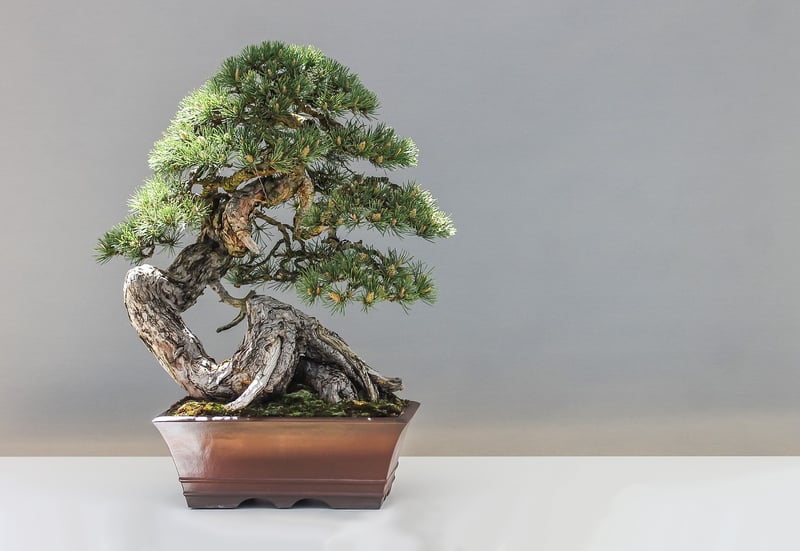Pruning Techniques
Maintaining Healthy Plants: Essential Pruning Techniques
Proper pruning is a crucial aspect of plant care that can promote growth, improve air circulation, and enhance the overall appearance of your plants. By understanding and implementing the right pruning techniques, you can ensure the health and vitality of your garden. Here are some essential pruning practices to help you maintain healthy plants:
1. Timing is Key
Timing plays a significant role in pruning. It's essential to prune your plants at the right time of year to avoid disrupting their growth cycles. Research the specific needs of each plant species in your garden to determine the best time for pruning.
2. Use the Right Tools
Invest in high-quality pruning tools to make clean cuts without damaging the plant. Tools like pruning shears, loppers, and pruning saws are essential for different types of pruning tasks. Remember to keep your tools sharp for precise cuts.
3. Remove Dead or Diseased Branches
Dead or diseased branches can inhibit the growth of healthy parts of the plant. By removing these branches, you can prevent the spread of disease and allow the plant to focus its energy on new growth.
4. Promote Air Circulation
Thick vegetation can restrict airflow within the plant, leading to issues like mold and mildew. Pruning can help open up the plant canopy, allowing for better air circulation and reducing the risk of fungal diseases.
5. Shape for Aesthetics
Pruning can also be done for aesthetic purposes to shape the plant and enhance its visual appeal. Whether you prefer a formal, manicured look or a more natural appearance, pruning can help you achieve the desired shape and structure.
6. Consult Experts
If you are unsure about the pruning needs of a specific plant or if you are dealing with mature trees that require specialized care, consider consulting with arborists or horticulturists. Their expertise can help you make informed decisions about pruning practices.
Conclusion
Pruning is an essential skill for any gardener looking to maintain healthy plants and create a thriving garden. By following these pruning techniques and guidelines, you can ensure that your plants remain vibrant, disease-free, and visually appealing throughout the year.

Remember, regular pruning is a proactive way to care for your plants and prevent potential issues before they arise. With the right knowledge and tools, you can enjoy a flourishing garden that brings joy and beauty to your outdoor space.
